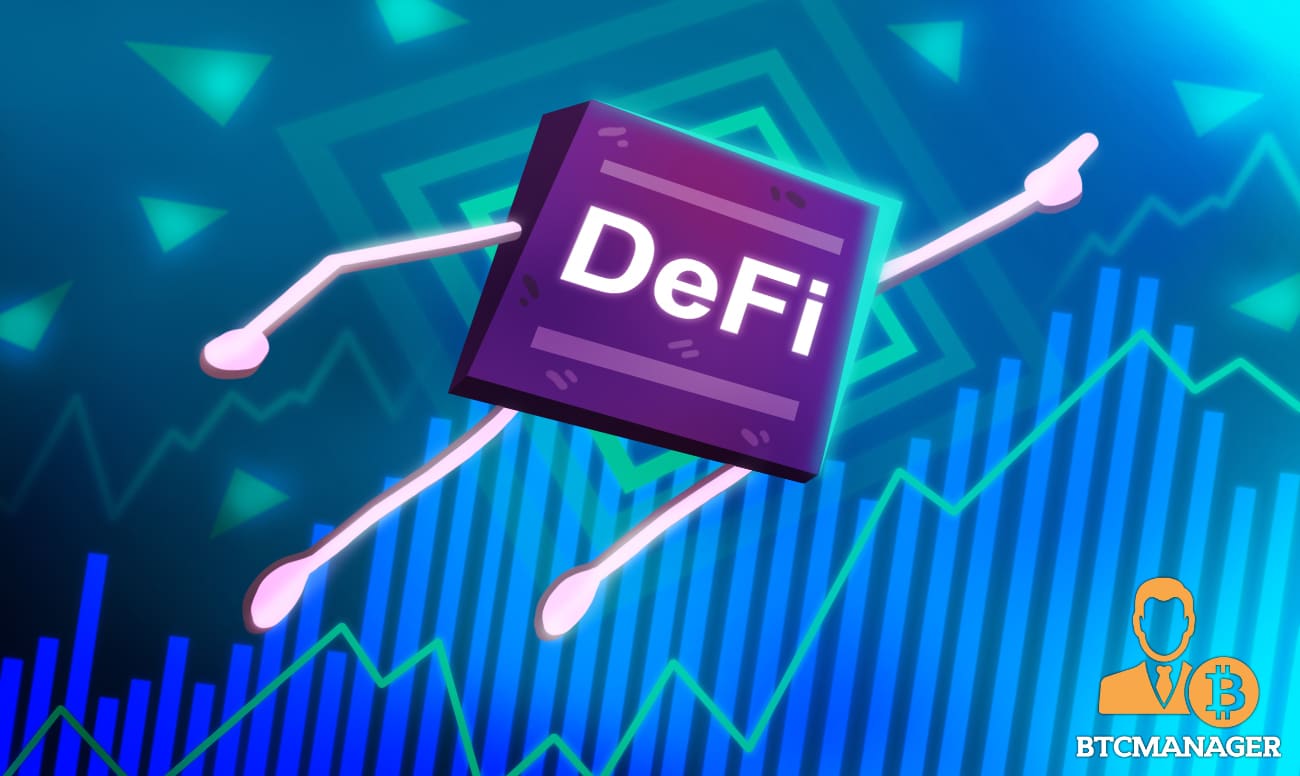The Rise And Rise of DeFi Derivatives Markets

The idea of the blockchain was created by Satoshi Nakamoto to be a tool of decentralization, where all users are equal and do not have to deal with intermediaries or third parties. Many of the exchanges that offer clients the ability to buy, sell, store, or exchange cryptos are in fact centralized. This means that the trader is pitted against the exchange, who matches their trades with its own matching engine on their own in-house server, and they take the other side of the trade, rather than executing it in a peer to peer fashion over the blockchain. This, needless to say, causes a conflict of interest for the user, who sees the exchange effectively win when they lose.
While centralized exchanges retain custody over users’ tokens, decentralized exchanges, and they do exist, do not serve as custodians. In this case, all transactions are automated and authenticated and even actioned, with the help of smart contracts, directly by the blockchain. This brings the ultimate transparency and security by the platform to the users.
So why aren’t all exchanges on the blockchain?
The problem with DEX’s is liquidity, or in this case, illiquidity, where the buy and sell side of the trades cannot be fulfilled. Many DEX’s have sought to solve this with the AMM (automated market maker) model. It’s where the user himself supplies liquidity by staking or bonding his unused holdings in exchange for a yield. An excellent product, and yet it is unmatched by the superior performance of centralized order books which come with centralized liquidity.
The solution?
DeFi derivatives markets mean that users can build their own contracts with synthetic assets tethered against other securities. In derivatives markets, the derivative is a contract which is traded on the underlying asset. This means that rather than buying the USD or BTC you are trading a contract on whether you believe the price of this asset will rise or fall, a type of trading known as speculation. As you are trading a contract, rather than purchasing an asset, you don’t need to worry about storing the asset, you can trade on it whether the price rises or falls, and you can use the facility of leverage. Leverage multiplies the value of your position, with margin, which is like borrowing money from the exchange for that trade. It greatly increases rewards (and risks too!)
The fact that these derivative contracts are made by the user rather than a centralized body is what makes this fall under the category of decentralization. This way new contracts can be made in under 30 seconds and there are a lot more of them, as anyone can create them.
Another benefit of DeFi derivatives is that the user does not need to supply his or her personal details, instead he supplies his wallet address and that’s it, no personal information is stored on the exchange’s servers, instead it is distributed across hundreds or thousands of nodes globally, making it almost impossible and certainly unviable for hackers to access the date.
One company, SynFutures is doing exactly that, by giving its users the potential to create any synthetic asset in under 30 seconds, across popular cryptocurrencies, altcoins, indices, NFTs and real-world assets. It offers:
– Long or short NFTs with leverage in a gamified and familiar user interface
– Trade any fungible crypto assets or list your own contracts with a few clicks
And it is fully transparent, by using decentralized oracles which allow users to explore open, trustless Bitcoin Hash Rates.
Final Word
DeFi derivatives are certainly gaining popularity fast. While the industry is still fairly immature, the total value locked in as of November 2021 is $4.4 billion, which accounts for just 4% of the entire DeFi Market. But momentum is picking up fast, climbing from $875 million at the end of 2020, representing a 500% growth in under a year.












